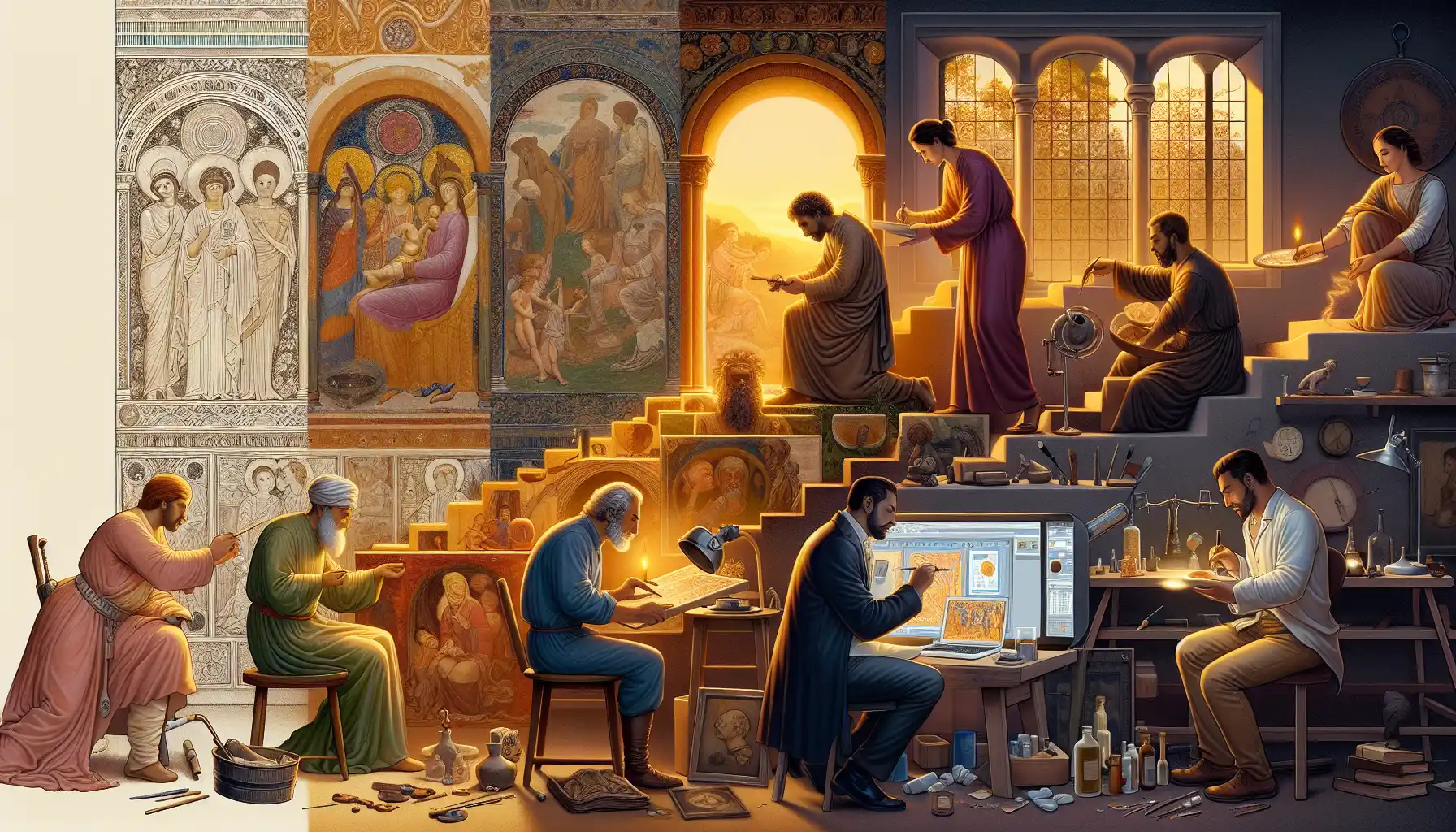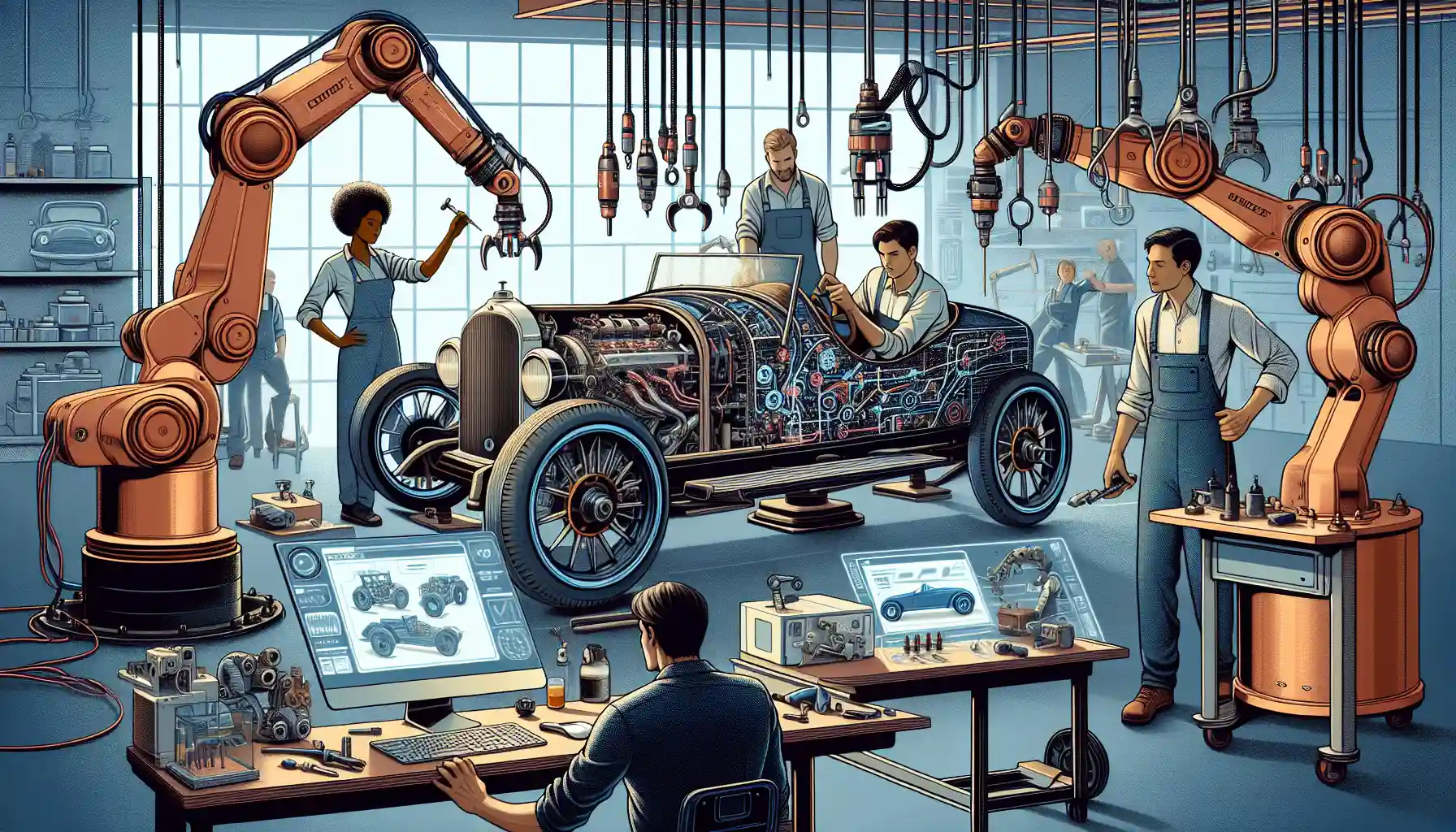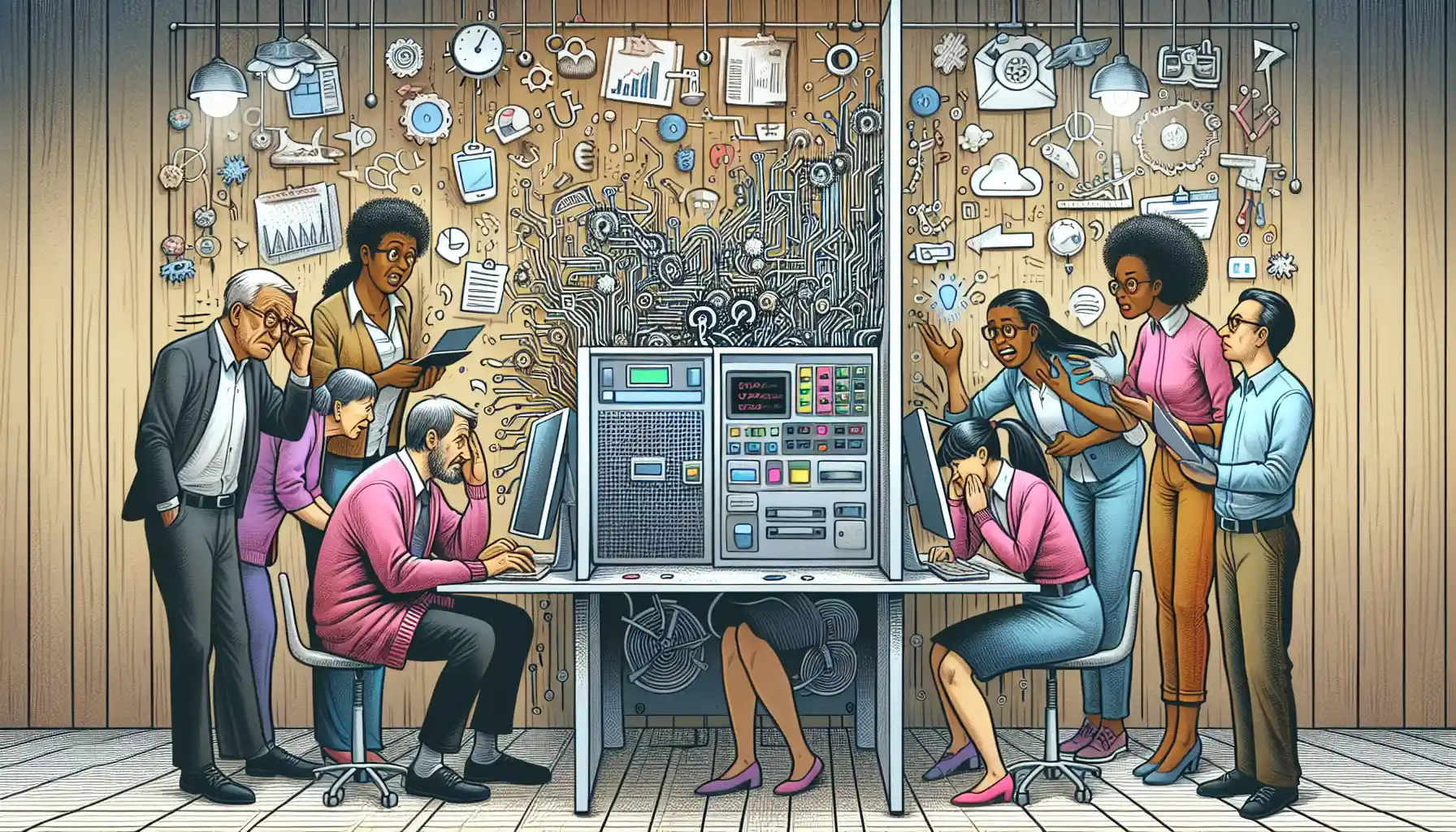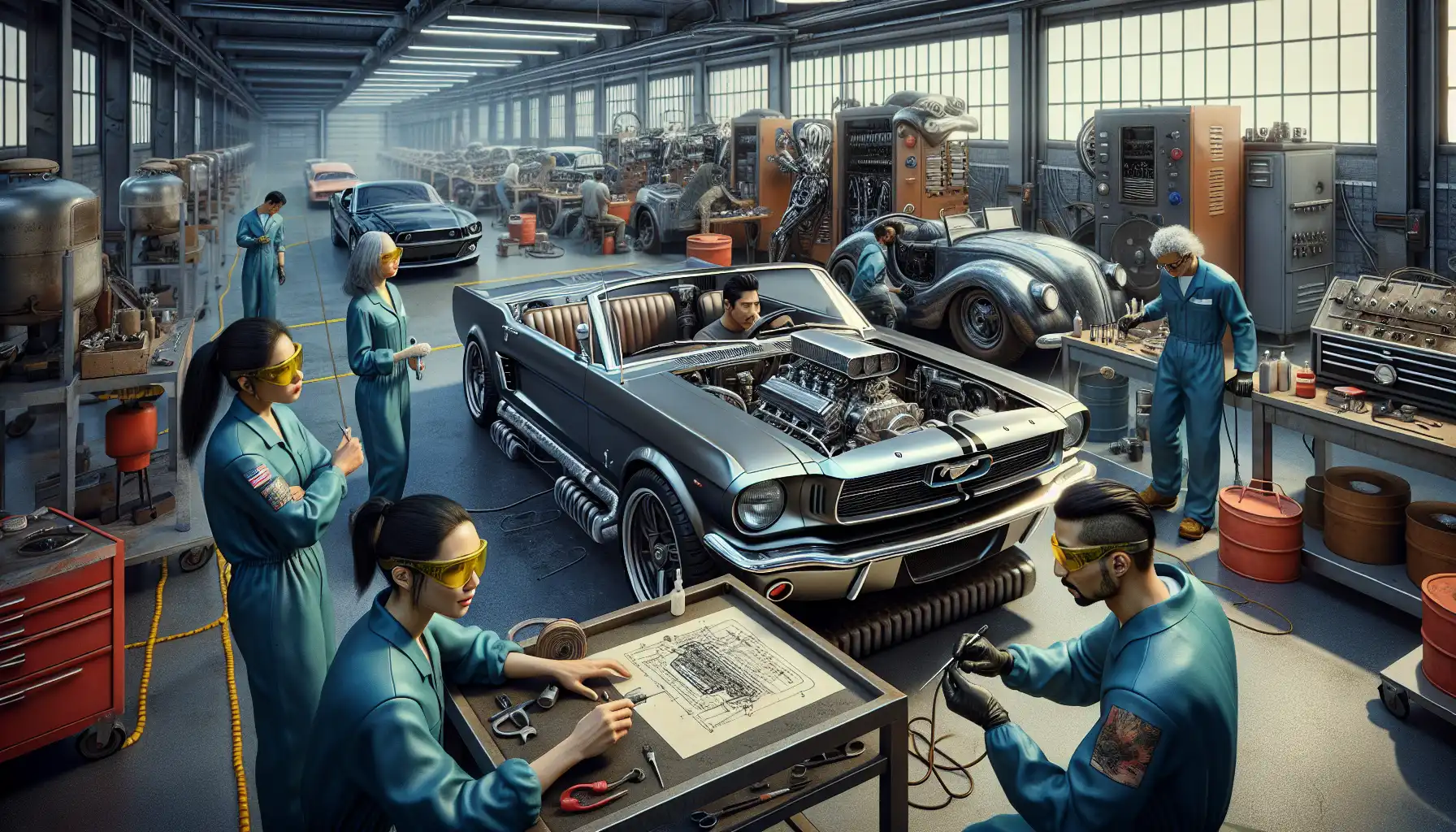The Evolution of Vintage Car Restoration Technologies: Innovations and Trends
Introduction to Vintage Car Restoration Technologies
Reimagining Classics with Cutting-Edge Tools
Restoring a vintage car isn’t just about nuts and bolts; it’s like breathing life into a sleeping giant. Thanks to the latest innovations, we’re now witnessing a golden age of restoration technology. Imagine pairing the charm of a 1967 Mustang with the precision of today’s engineering—sounds like magic, right?
Take 3D scanning, for instance. This game-changer allows restorers to create
exact digital replicas of rare car parts. No more hunting through scrapyards or settling for “close enough.” With these scans, you can reproduce even the tiniest details—every curve, groove, and emblem—with laser accuracy.
And don’t get me started on modern paint technologies. Gone are the days of uneven finishes or limited color palettes. Today’s advancements ensure that every coat is not only vibrant but also durable. It’s like giving your car a wardrobe upgrade that never goes out of style.
- CAD software: Revive outdated blueprints with state-of-the-art designs.
- Plasma cutters: For precision cuts that feel almost surgical.
Every tool and technique tells a story—yours could be the next masterpiece on wheels.
Historical Overview of Restoration Techniques

The Art of Restoration in the Early Days
Imagine stepping back in time to the 1940s or 50s, where restoring a vintage car felt more like an act of devotion than a technical project. Back then, restoration was a dance of craftsmanship and improvisation. Without today’s precision tools, enthusiasts relied on their hands, intuition, and a whole lot of grit.
Craftsmen would scour junkyards for parts, often spending weeks—sometimes months—tracking down a single elusive component. It was like searching for treasure in a sea of rusted metal. A cracked dashboard? Repaired with hand-stitched leather. Faded paint? Revived with brush-applied coats that gleamed under the sun. These restorers were artists working with whatever materials they could find, making each project as unique as a fingerprint.
- Lead loading: A painstaking process where lead was melted and shaped to fill dents, requiring incredible skill.
- Handcrafted body panels: No fancy CNC machines here—just hammers, dollies, and patience.
This era of restoration wasn’t just about cars; it was about stories. Every scratch told a tale, every repair carried the restorer’s heart. It was raw, imperfect, and deeply personal.
Modern Innovations Transforming Car Restoration

Breathing New Life into Timeless Classics
Imagine standing in a garage where the air hums with the faint scent of grease and freshly polished chrome. The tools at hand? Not just wrenches and sandpaper, but cutting-edge technology that feels like it belongs in a sci-fi movie. Today’s vintage car restoration isn’t just about elbow grease; it’s about blending artistry with modern innovation.
Take 3D printing, for instance. Once a futuristic dream, it’s now a game-changer. Need a replacement part for a 1930s Bentley? No problem. With precise scanning and printing, you can recreate parts down to the tiniest detail—even those long out of production. And let’s not forget the rise of
digital modeling software, which allows restorers to visualize every curve and contour of a car before a single bolt is turned.
- Plasma cutters: These tools carve through rusted panels like butter, saving hours of manual labor.
- Advanced paints: Modern coatings replicate vintage hues while offering durability that old formulas could only dream of.
This fusion of tradition and tech doesn’t just restore cars—it revives stories, memories, and the thrill of the open road.
Challenges and Solutions in Adopting New Technologies

Breaking Through the Rust: Overcoming Resistance to Change
Adopting new technologies in vintage car restoration is like convincing a stubborn classic engine to start on a frosty morning—it’s not impossible, but it takes patience and finesse. Many restoration enthusiasts find themselves stuck between nostalgia and innovation. After all, how do you embrace modern tools without losing the soul of a car that once roared down Route 66?
One challenge is the sheer learning curve. Let’s be honest: mastering a 3D scanner or understanding CAD software isn’t exactly like turning a wrench. But these tools offer something irresistible: precision. Imagine recreating an impossible-to-find hood ornament with exact detail—technology makes that dream a reality.
Then there’s the purist mindset. Some argue, “If it wasn’t done in the ‘60s, it doesn’t belong.” But consider this: even those original craftsmen were innovators in their time. Why not honor their spirit by embracing techniques that allow for:
- Preserving fragile parts through advanced scanning.
- Reducing errors in restoration with AI-guided processes.
- Creating sustainable alternatives to scarce materials.
The solution? Balance. Like tuning a carburetor, it’s about blending old-school passion with cutting-edge tools.
Future Trends in Vintage Car Restoration

Smart Tools: The Future of Precision
Imagine this: you're meticulously restoring a vintage 1960s Jaguar, and instead of painstakingly hand-measuring every panel curve, a sleek, handheld 3D scanner does the job in minutes. This is the kind of magic that modern technologies are bringing to the world of vintage car restoration. With innovations like
AI-powered design software and
laser-guided cutting tools, precision has never been so accessible—or exciting.
Today’s tools aren’t just efficient; they’re intuitive. AI systems can analyze old photographs or blueprints of a car model and generate precise digital replicas. Paired with CNC machining, these systems craft components with an accuracy that feels almost surgical. What does this mean for restorers? Less guesswork, more perfection.
- 3D printing: Recreating impossible-to-find parts with near-mythical speed.
- Augmented reality (AR): Overlaying repair guides directly onto your vehicle as you work.
These tools don’t just save time—they unlock creativity. Imagine designing custom trim for a classic Mustang or reimagining a Bentley dashboard with modern flair. The future isn’t just about restoration; it’s about reinvention.










